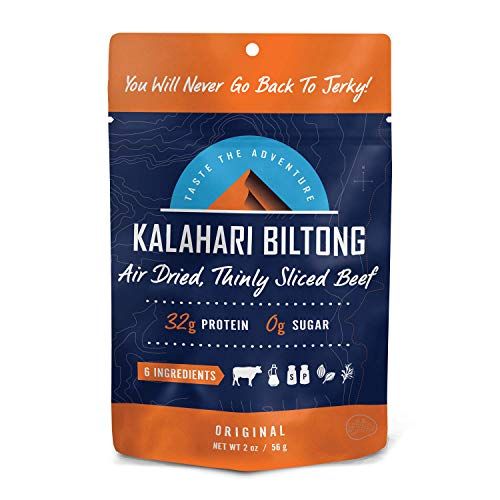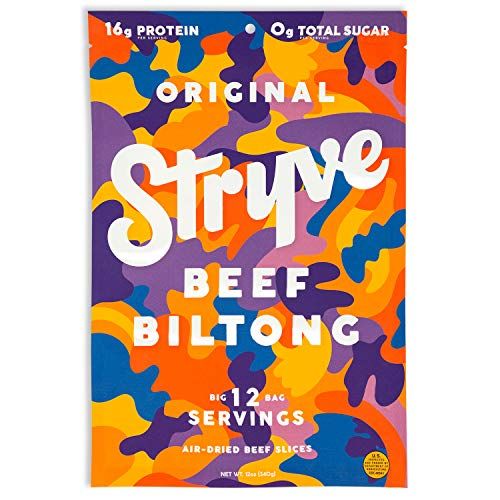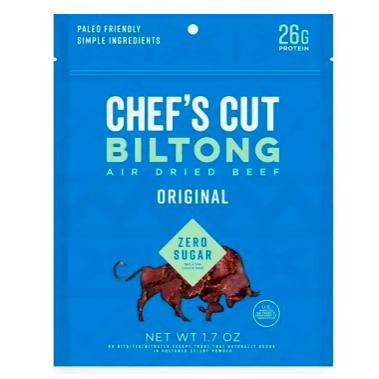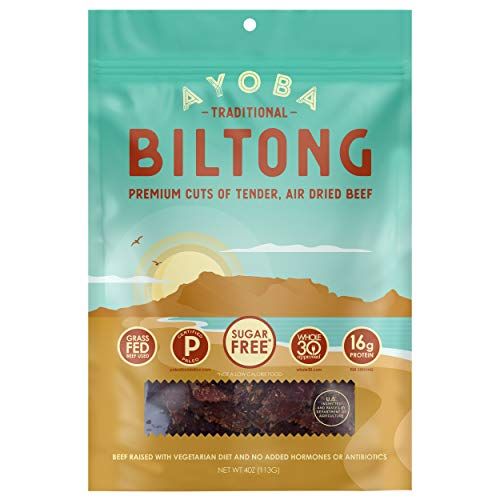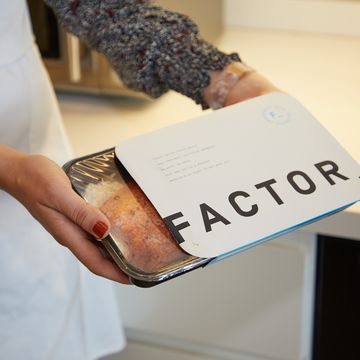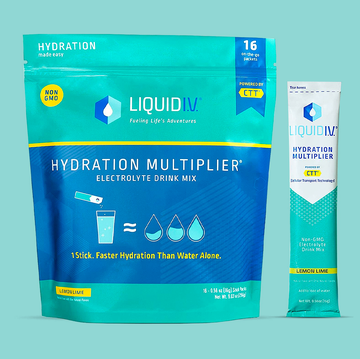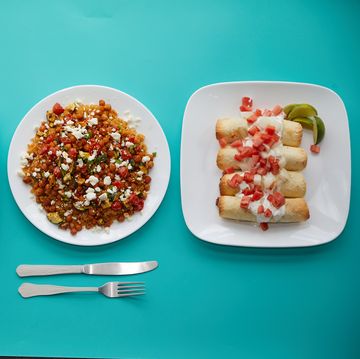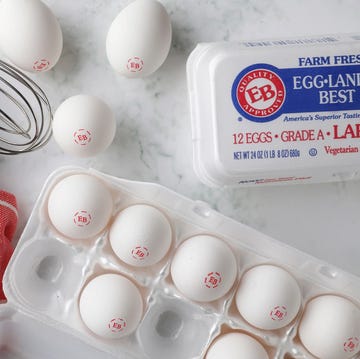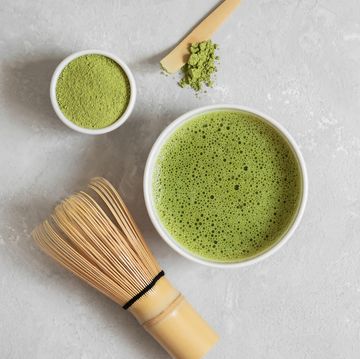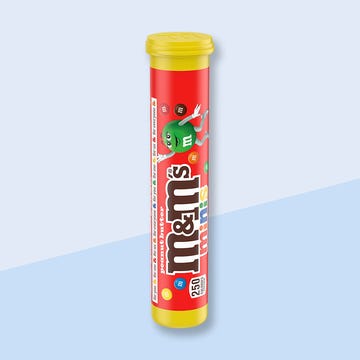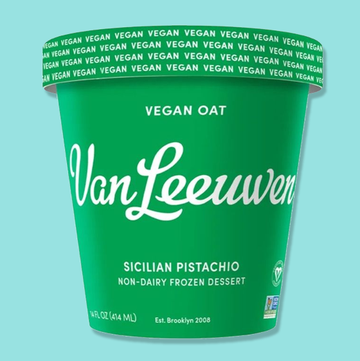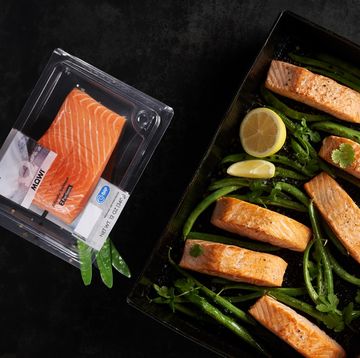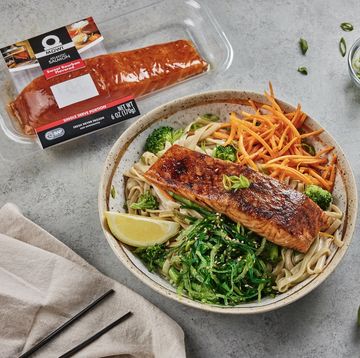While low-carb diets like keto, paleo, and Whole 30 are growing in popularity right now, so is the demand for convenient high-protein snacks, including biltong, a 400-year old traditional South African cured meat snack. “Biltong originated as a survival mechanism for the Dutch to preserve meat when they first settled in South Africa,” says Camran St. Luce, co-owner of New York Biltong, a South African grocery shop in New York City. The term “biltong” refers to the curing process rather than a particular type or cut of meat. While it’s commonly made out of beef in the United States, “traditionally in South Africa, you’ll find biltong made out of game ranging from ostrich to kudu to springbok,” says St. Luce.
What’s the difference between biltong and regular jerky?
“Biltong is different from American jerky in both taste and preparation,” says Brittney Brothers, fellow owner of New York Biltong. “Biltong is cured by taking strips of beef that are rubbed in vinegar and spices, then hung to naturally air dry.” Jerky, on the other hand, is typically prepared with a non-vinegar marinade and heated during processing. The result? Biltong is more tender, has less sugar and is packed with more protein, according to Brothers.
Is biltong healthy?
Yes, biltong makes for an excellent zero-prep, low-sugar, high-protein snack. In fact, the four brands below contain no sugar and 15 to 16 grams of protein per ounce. Plus, because of how biltong is made, it shouldn’t contain any sodium nitrate or preservatives — both of which are usually key components of jerky.
What’s the best way to eat biltong?
Any way you like it! “In South Africa, it typically is eaten on the go, and most of our customers do the same,” says St. Luce. “However, it tastes great on an antipasto platter with some wine!”
These days you can buy biltong in grocery stores and even online. Just keep in mind that commercially prepackaged options tend to taste much different from fresh biltong from a specialty shop because they are more dried out to allow for a longer shelf-life. No matter which kind you buy, treat it just like any other meat and eat it within two or three days of opening the package. That means don’t leave it in your pantry for a month like you might with regular jerky — although that shouldn’t be an issue once you see how good it tastes!
Kaitlyn Phoenix is a deputy editor in the Hearst Health Newsroom, where she reports, writes and edits research-backed health content for Good Housekeeping, Prevention and Woman's Day. She has more than 10 years of experience talking to top medical professionals and poring over studies to figure out the science of how our bodies work. Beyond that, Kaitlyn turns what she learns into engaging and easy-to-read stories about medical conditions, nutrition, exercise, sleep and mental health. She also holds a B.S. in magazine journalism from Syracuse University.

